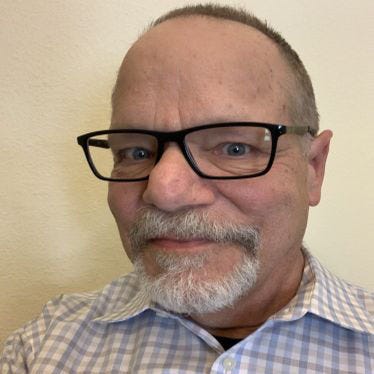Tissue cell culture firm Ayana Bio gets NIH grant to research saffron ingredient
Ayana Bio has secured NIH funding to do research into its saffron ingredient, produced via tissue cell culture. The technology could be a game changer in producing natural bioactive ingredients.

At a Glance
- Ayana Bio is a spinout from biotech firm Ginkgo Bioworks.
- Ayana has received a $300,000 NIH grant to do saffron research.
- Cell tissue tech has huge potential in natural products, firm’s CEO says.
Development state firm Ayana Bio has cleared a funding hurdle with a federal grant that will help the company continue to perfect its tissue culture technology used to create sustainable bioactives. The company’s first target is saffron.
The Boston-based company announced recently that it has secured a $300,000 grant from the National Center for Complementary and Integrative Health to further research its method for producing saffron’s neuroprotective bioactives through plant cell cultivation.
Ayana Bio was born out of biotechnology company Ginkgo Bioworks in 2021 with $30 million in seed funding.
CEO had early look into technology
Frank Jaksch, Ayana Bio’s CEO since mid-2022, said his many years leading ChromaDex (where he still sits on the board) prepped him well for his present role. During his long stint at ChromaDex, the company evolved from an analytical chemistry lab to an ingredient developer. Many different production methods and partners were touched on during that process, Jaksch said.
“ChromaDex was rather agnostic when it came to how it manufactured natural products,” Jaksch told Natural Products Insider during a telephone interview. “We started dabbling with precision fermentation more than 15 years ago.”
Jaksch said some of the employees who first worked on those ChromaDex projects went on to work with Gingko Bioworks.
As an oversimplification, tissue cell culture can be thought of as growing individual plant cells in a medium and inducing those cells to produce bioactives of interest that can be extracted and purified.
Tissue cell culture can eliminate the many steps of cultivating, harvesting and processing the actual plant—if it works, that is. Finding the right ways to isolate cells and get them to grow happily in a medium seems straightforward.
But in practice, it turned out to be a highly iterative process. The number of possible sites for extraction of the first cells, and how to get them to grow happily in a fluid environment, proved too costly and time consuming for some of the early cell tissue culture startups, according to Jaksch.
AI revolution
The secret sauce, he said, was the advent of increasingly sophisticated machine learning to enable the rapid screening of the many variables involved.
“We now have the capability of screening hundreds of thousands do permutations of cells [LJ1] growing under different conditions,” Jaksch added. “We can use a machine learning platform to read the data and find things that we wouldn’t have been able to find out from our own analysis.”
The artificial intelligence breakthrough also enabled Ayana Bio’s experts and others in the field to drill down to the level of the genes of the plant to identify which sequences turn on and off to enable the many different cells of the plants to do their individual jobs.
The modern state of the art, Jaksch noted, involved essentially creating a line of plant stem cells and then programming them to produce the bioactive molecules of interest.
In the case of saffron cells, the bioactive molecules are called crosins, a type of carotenoid.
Saffron has long been used as a spice and a colorant. In recent years, it has been researched for its effects in attention deficit disorder, depression, sleep quality, and many other cognition-related indications.
“It’s an exciting ingredient,” Jaksch said. “There has been a lot of research on it. The one thing that is holding saffron back is the cost. It’s just too expensive.”
Ayana Bio is not ready for the technology to work at commercial scale.
“We are still in the early stages of developing the cell lines,” Jaksch shared. “We are still several years away from having a commercial ingredient. But I have a pretty strong conviction that this is going to work.”
Many advantages of approach
Jaksch added when tissue culture becomes fully mature in a few years, it will offer big benefits over precision fermentation, which uses selected microorganisms (often but not always genetically modified) to excrete specific molecules.
“With tissue cell culture, we can reproduce the whole phytochemical profile of the parent plant. With precision fermentation, you only get one thing,” Jaksch observed.
That offers a significant upside when it comes to producing certain phytochemicals. Some of those are so complicated that it could take dozens of steps — either though straight chemical synthesis or using precision fermentation for some of the steps — to replicate them.
“Take the example of vincristine,” Jaksch said, commenting on a cancer-fighting drug derived from periwinkle (Catharanthus roseus). “It takes something like 40 steps to produce that outside of a plant.”
About the Author
You May Also Like

